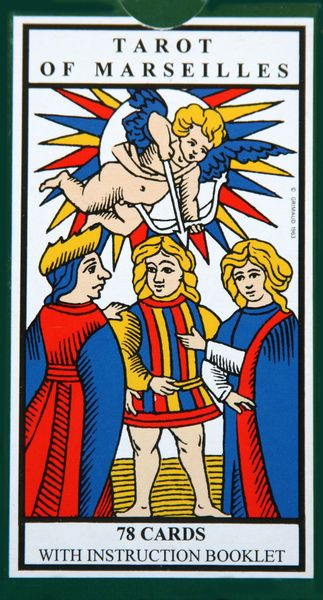Tarot (1425) Board Game
The Tarot card game is believed to have originated in Italy in the early 15th century. It was initially played as a trick-taking game and later evolved into a tool for divination. The game uses a special deck of cards called Tarot cards, which feature unique symbols and imagery.
Game Components of Tarot
How To Setup Tarot
To set up the game, players typically follow these steps:
Gameplay Mechanics and Game Objective
– Play is typically anti-clockwise.
– Players must follow suit if they have a card of the suit led; otherwise, they must play a trump if possible.
– The winner of each trick leads to the next.
– The goal is to capture tricks and accumulate points based on the cards taken.
– Special points are awarded for certain combinations and for winning the last trick with specific cards.
Player Experience
Tarot games offer a rich and strategic experience, particularly for those who enjoy trick-taking card games. The game requires careful planning and strategy, as players need to manage their hand to maximize their points. The presence of a permanent trump suit adds a layer of complexity, making each game unique and challenging.
Pros
Cons
Personal Thoughts on Tarot
Tarot, as a board game, is ideal for those who enjoy traditional card games with deep strategic elements. It is a great option for players looking for a game that challenges their card-playing skills and offers a historical gaming experience. However, due to its complexity and the need to learn specific rules, it may not be the best choice for casual or new card game players.
We are supported by our audience. When you purchase through links on our site, we may earn an affiliate commission, at no extra cost for you. Learn more.

